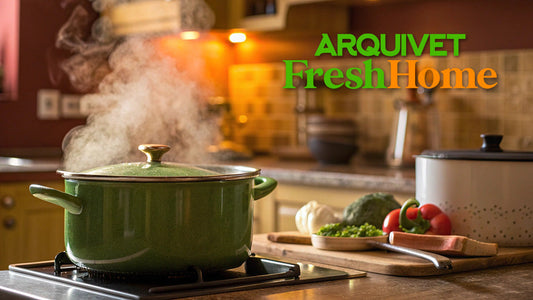
Keys to feeding a kitten
A cat's diet is essential for good health and well-being, especially for kittens. This diet should be provided respecting their evolutionary cycles, so that their bodies are ready to digest the food we offer them. In this article, we'll discuss the most recommended food for kittens based on their different stages. Do you have a kitten and don't know what food to give them? We'll explain what kittens eat based on their age. Read on for more information!
Puppy cat food: the first weeks until weaning
A kitten should spend the first few weeks with its mother, specifically the first 8 or 10 weeks, approximately, until weaning is complete—since the mother will be responsible for providing the kitten with breast milk, just as with humans. This food contains all the nutrients the kitten needs during this stage for proper growth and development. Keep in mind that from approximately week 4 to week 6, the kitten's teeth will begin to emerge, which is why they can combine breast milk with other liquid and solid foods until they reach 10 weeks—highly recommended so they can get used to it.
In any case, you should know that Complete weaning should never occur before 21 daysThis can cause serious problems for your pet. If for some reason the puppy is unable to breastfeed, then the mother's milk will need to be replaced with formula and fed through a bottle.
Puppy cat food: from weaning to 4 months
A cat's diet will gradually change from weaning to 4 months. As we explained, during the first few weeks, the cat's diet will be based solely on mother's milk. However, little by little, the feline will require other foods. When asking what kittens eat, keep the following timeframes in mind:
- From the fourth week onwardsFrom approximately four weeks onwards, kittens' teeth begin to grow. Therefore, you can try wet food—such as pâtés, mousse, jellies, and pieces in sauce. They may struggle to eat at first, so help them by putting the food in their mouth, but don't force it. As time goes on, they'll stop demanding as much of their mother's milk and will become more curious about other types of food.
- From the sixth week onwardsBy week six, cats will have most of their teeth out and will have become accustomed to wet food. This is when you can start trying dry or semi-dry food. You may need to moisten it with warm water or milk to soften it slightly.
In any case, it's important to keep in mind that kittens tend to eat many times a day, even if it's in small portions. Therefore, It is best to offer food when it is timeYou should prevent your pet from having access to it at all times, as it could become gorged and feel ill. Of course, once the kitten is weaned and transitions to solid food, you should always have a bowl of cold water available for it. Keep in mind that over time will lose the enzymes it used to digest milk, so it is not a good idea to continue offering it to him as it could cause diarrhea.
Puppy cat food: from 4 months to one year
Cats, like dogs, remain puppies up to the first year of lifeThis means that adult food should not be given at this stage, as their digestive system is not yet fully developed. It is best to choose kitten food in the form of age-specific food. These include different nutrients and foods such as tuna, turkey, or chicken mixed with some vegetables and grains.
Puppy cat food: after the first year
At this point, kitten food will become adult cat food. However, we face a new problem: choosing the best cat food. Our recommendation is that you always opt for natural, preservative-free foods. These foods are much healthier and contain the nutrients your pet needs, as is the case with ours. Arquivet cat foodAdult cat foods are typically made from soft fish and tuna, turkey, chicken, salmon, and grains.
Things to consider about food for kittens and large cats
Keep in mind that Cats are carnivores, so their nutritional needs must be adapted to this with a special cat diet. Furthermore, in the case of adult cats—as we explained when discussing what kittens eat— need to eat protein-rich foods, which they can obtain from meat-based foods like chicken. In any case, you should always ensure that they are offered a diet appropriate to their needs and age. Other things to keep in mind about your cat's diet are their habitsThat is, whether it's an active cat or a calmer one, or if it tends to gain weight, for example—this depends greatly on the cat's activity level and exercise. We'll choose one food or another based on this.
It is also important, be very careful with leftoversYou should know exactly what you can and can't give your pet so that it doesn't affect their health. For example, you can choose to give them small pieces of low-salt and low-fat sausage, as well as some specific vegetables (keep in mind that cats don't usually like vegetables, as they usually use them to purge themselves). Some of the foods your pet can eat are: carrots, chard, beets, zucchini, peaches, watermelon, pears, melon, cooked boneless fish (such as tuna and trout), cooked ham, turkey breast, and natural yogurt (the latter, occasionally and without sugar or sweeteners).


